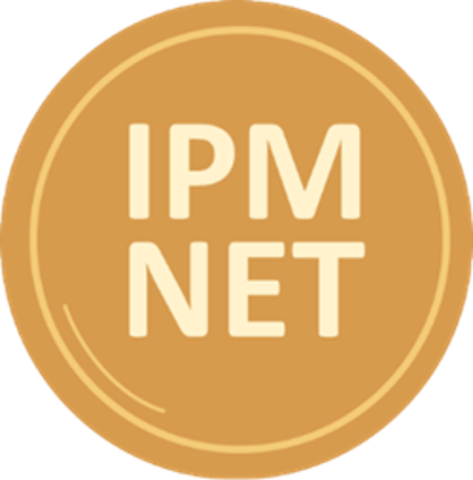What is involved?
-
In-field assessments: GS73-75 [Grain content milky]
Late June – Early July 2024
-
Select one or more suitable wheat or barley* field(s).
- Walk along two tramlines, at five points on each tramline gather the requested observations and images, and collect one tiller from each location.
- Remove the leaves from each plant and take photos. [Please provide 10 images of each flag, Leaf 2 & Leaf 3 or three images of 10 x flag, 10 x Leaf 2 & 10 x Leaf 3.]
- Complete the survey form and return it to IPMNET along with all images.
Why should you take part?
- Sharing your observations will enable you to compare your field with others across the network and data collected in the Defra Pest and Disease Survey.
- The observations requested allow evaluation of your IPM strategy, giving quantitative feedback for assessing what did or did not work.
- You will receive a summary report, benchmarking your crop observations across the network. To receive a full IPMNET Report, you need to become a member of IPMNET (for free) and complete and return the IPMNET Journal based on the same field(s).
What happens next?
- Send your completed in-field assessment survey to IPM NET using the online form.
- The images of the leaves will be used to determine foliar disease levels which combined with the observations you make will be added to the IPMNET database. A summary report will be issued at the end of the season. To receive a full report, additional information on crop agronomy and performance is required, detailed in the IPM Journal for IPMNET Members.
Contact us
To receive further information regarding IPM NET, please contact us at:
*IPMNET submissions for wheat will be analysed alongside Pest and Disease Survey regional and national averages. Barley IPMNET submissions will be analysed with similar submissions.



